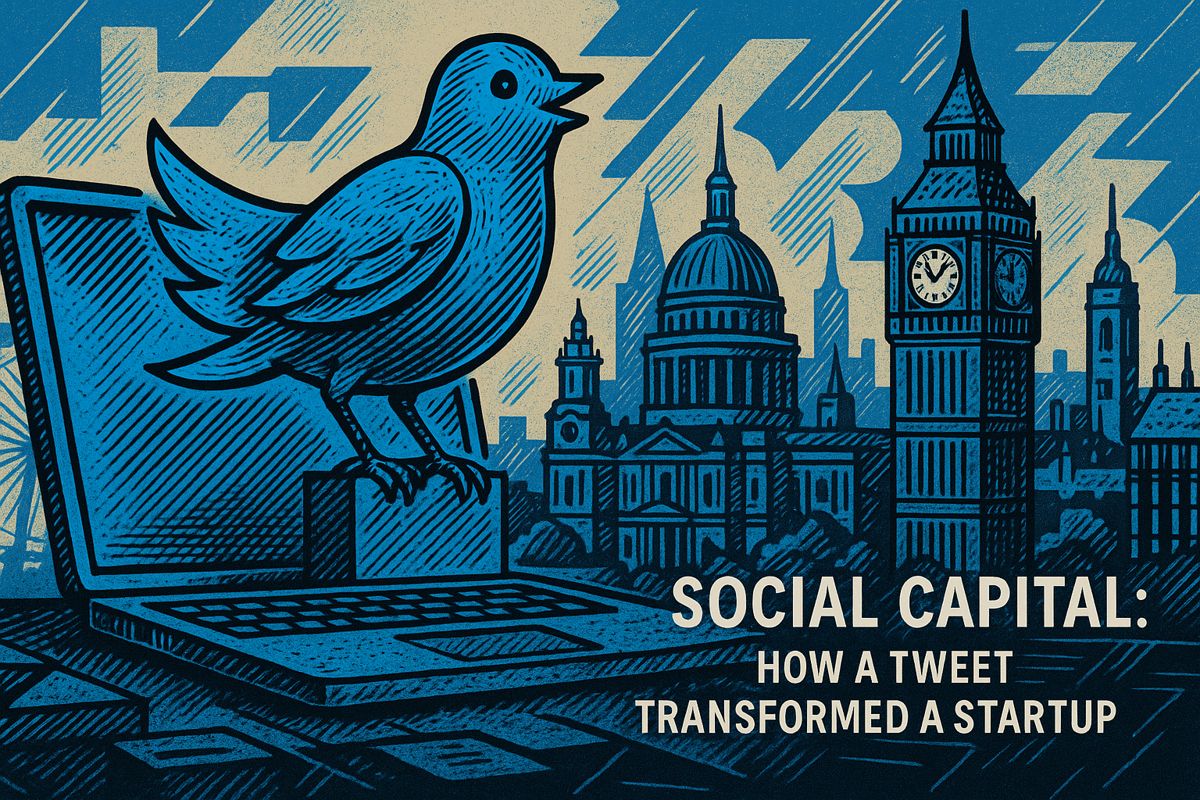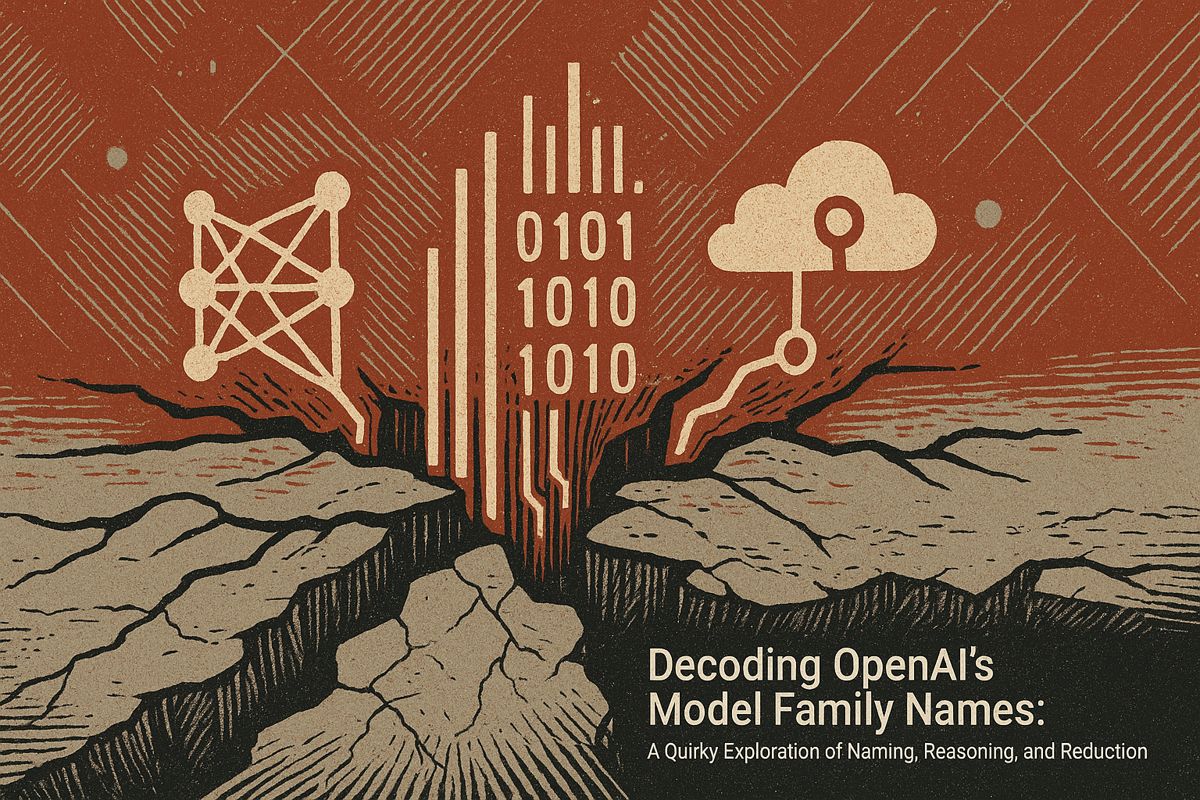Here’s the text with the most important phrase in bold markdown:
PostHog turned a single tweet from Stripe’s CEO into a massive $70 million funding opportunity by embracing open-source innovation and a playful brand strategy. Their unique approach combined technical excellence with community engagement, transforming an unexpected moment into a significant business milestone. By building an innovative analytics platform and maintaining a quirky, transparent culture, they attracted loyal users and investors who were drawn to their unconventional method. Their success story proves that in the digital age, serendipity, agility, and authenticity can dramatically accelerate a startup’s growth. The company’s journey demonstrates how a well-timed opportunity and a bold, open approach can reshape traditional business narratives.
What Made PostHog’s Startup Journey So Unique?
PostHog transformed a single tweet from Stripe’s CEO into a $70 million funding opportunity by leveraging open-source innovation, community engagement, and a playful brand strategy. Their success demonstrates how transparency, technical excellence, and strategic agility can turn unexpected moments into significant business milestones.
Serendipity in the Scroll
Some days, Twitter feels like a bazaar of noise, but every so often, a spark leaps from the screen. I remember the moment clearly: a casual scroll, my mind orbiting somewhere between a stale coffee and a fresh to-do list, when a thread about PostHog’s meteoric rise stopped me cold. The story? A single tweet from Stripe’s CEO, Patrick Collison, praising PostHog’s website – nothing more than a digital nod, but as electrifying as the scent of ozone after a summer thunderstorm. I had flashbacks to my own clumsy investor pitches in anonymous hotel conference rooms, where enthusiasm wilted under fluorescent lights and tepid mineral water. There’s something both amusing and, honestly, a bit humbling about realizing that for PostHog, a public compliment detonated a chain reaction worth $70 million.
Why does this matter, you ask? Because it upends the tired narrative that business deals demand secrecy and ceremony. Here, a compliment led to direct outreach from founders James Hawkins and Tim Glaser, who pounced on the opportunity like ferrets after a dropped sandwich. No deck. No NDA. Just a viral tweet and a well-timed DM, and suddenly, Stripe is leading a funding round that values PostHog at $920 million. Is that almost unicorn territory? It sure feels like it. I can almost hear the collective gasp from a thousand founders, myself included, who’d kill for that kind of luck – or agility.
But is it really just luck, or is there something more deliberate at play? Let’s dig a little deeper.
Open Source, Open Door
PostHog’s journey isn’t merely a tech fairy tale. The company built its name on an open-source analytics platform tailored for engineering teams who demand more than glossy dashboards – they want to peel back the layers, see the gears turn, and maybe even grease them a little. This isn’t your run-of-the-mill SaaS outfit. Their open-core model (think GitLab or WordPress, but with more hedgehogs) invites users to self-host or ride on the company’s own cloud, giving them both privacy and control. The sense of agency here is palpable – like the satisfying click of a well-oiled trackpad beneath your fingertips.
I’m impressed by how PostHog’s founders turned previous failures – apparently five pivots in six months! – into a playbook for ruthless iteration and speed. They didn’t just build another analytics tool; they bundled session replays, surveys, feature flags, and even LLM observability into a single modular stack. https://posthog.com. Is that overkill? Perhaps. But it’s the kind of overkill that software engineers seem to love. I’ve had my doubts about “open-core” as a sustainable business, but seeing over 1,500 GitHub stars within weeks of launch forced me to reconsider. https://posthog.com/handbook/story. Maybe the market does want both openness and completeness, side by side.
By the way, have you noticed how their mascot – a hedgehog, naturally – pops up everywhere? It’s as intentional as the tang of burnt toast in a busy tech office: quirky, memorable, and just a little bit odd.
Culture, Community, and the Quirky Hedgehog
It would be easy to chalk up PostHog’s success to product-market fit or clever fundraising, but that’s only half the picture. From the outside, their company culture radiates energy and experimentation. They found their designer, Lottie Coxon, via Twitter when she tossed her portfolio into the digital void during the pandemic. https://www.opensourceceo.com/p/unfiltered-posthog. The whole vibe is “build in public, wear your weirdness proudly.” There’s an almost tactile sense of playfulness in their branding – as if someone swapped the beige carpet for neon confetti and didn’t apologize for the mess.
And here’s a confession: the first time I visited their site, I found the hedgehog motif slightly ridiculous. Yet, it stuck in my mind like the lingering aftertaste of cardamom in coffee. Now, I see it for what it is – a deliberate act of differentiation in a sea of monochrome SaaS brands. The community they’ve fostered is fiercely loyal, drawn not just by features but by the transparency and candor of PostHog’s founders. Their rapid adoption, driven by organic word-of-mouth and a self-aware narrative, feels less like a marketing ploy and more like a slow-burning campfire on a chill evening – inviting, warm, and a little unpredictable.
I’ll admit, early on, I thought open-source analytics was a narrow niche. Clearly, I was wrong.
The Tweet Heard Round the Startup World
What does it mean when a company’s fate turns on a single message, tossed into the digital ether? The PostHog story makes me think of dominoes: one public compliment, tipped at just the right angle, sends capital, community, and cultural cachet tumbling into place. It’s not just about technology or even timing; it’s about readiness – psychological and strategic. Hawkins and Glaser didn’t wait for permission. They saw a fleeting opportunity and pounced, transforming social capital into hard cash. That’s gutsy. That’s rare.
There’s a fundamental lesson here, and it’s not just “keep your notifications on.” (Though, seriously, do that.) The real takeaway is to remain open in every sense: open to serendipity, open to community, open to being a little bit odd when everyone else is playing it safe. The digital world rewards those who, like PostHog, aren’t afraid to blur the lines between business and play, between code and community.
So next time your phone buzzes with a glimmer of praise from an unexpected quarter, ask yourself: do



















